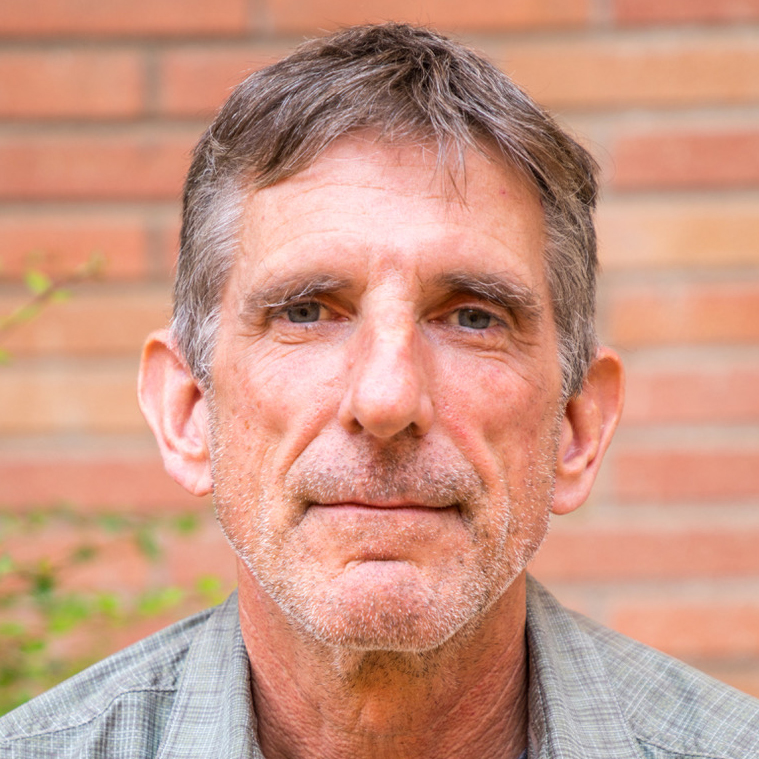The phenomenon of superconductivity is one of the most fascinating properties of electrons in solids. At low temperatures, electrons cooperate so strongly that they are able to move around without dissipating energy — behavior which is a clear manifestation of the laws of quantum physics. Physicists understand a great deal about superconductivity, but many questions remain, and it is the subject of intense global research.
Among known superconductors, the material Sr2RuO4 is one of the most important. Its superconductivity is remarkably fragile to imperfections in the crystal lattice, so it is the cleanest superconductor yet discovered, said Stuart Brown, UCLA professor of physics. It also has exotic, but well understood, metallic properties, providing a solid foundation for understanding its superconductivity in real depth. If this can be achieved, it will be a major breakthrough in the field, Brown said.
However, the problem of Sr2RuO4 superconductivity has proven to be tougher to solve than physicists had hoped and expected. A central difficulty has been inconsistency of experimental information. High resolution experiments performed on extremely high quality crystals yielded results that seemed to be in contradiction with one another
Now, research published Sept. 23 in the journal Nature has solved one of these puzzles. The research is a collaboration among Brown’s research group; Eric Bauer, a staff scientist at Los Alamos National Laboratory; and Andrew Mackenzie, director of physics of quantum materials at the Max Planck Institute for the Chemical Physics of Solids in Germany.
For more than 20 years, physicists have believed that the magnetic response of the electron spins remained unchanged by the formation of the superconductivity in Sr2RuO4. This observation placed very strong restrictions on the kind of exotic superconductivity that it must host. Brown said. The new experiments show that, in fact, the magnetic response changes considerably as the superconductivity develops. The research identifies the technical problem with the famous work from two decades ago.
These new experimental results throw the field of Sr2RuO4 superconductivity wide open, Brown said. Ideas that had seemed to be ruled out need to be re-examined, he said, and a wide range of new possibilities exist. “The next few years promise to be very interesting indeed,” Brown said.
UCLA co-authors are Andrej Pustogow, a UCLA postdoctoral scholar who has received a Feodor-Lynen Fellowship from the Alexander-von-Humboldt Foundation; Yongkang Luo, a former UCLA postdoctoral scholar who is now a professor at China’s Huazhong University of Science and Technology; and graduate students Aaron Chronister and Yue-Shun Su.
Tags: News
